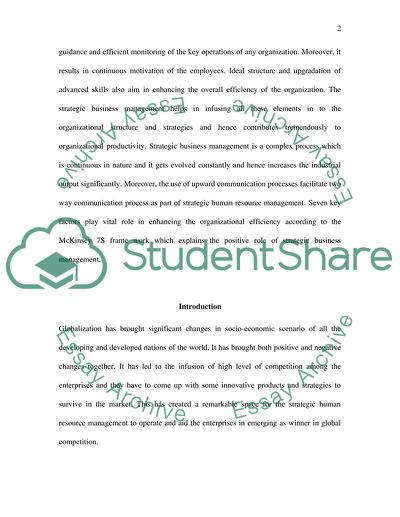Cite this document
(Strategic Human Resource Management in Organizations Term Paper, n.d.)
Strategic Human Resource Management in Organizations Term Paper. Retrieved from https://studentshare.org/human-resources/1729228-hrm-in-organisations
Strategic Human Resource Management in Organizations Term Paper. Retrieved from https://studentshare.org/human-resources/1729228-hrm-in-organisations
(Strategic Human Resource Management in Organizations Term Paper)
Strategic Human Resource Management in Organizations Term Paper. https://studentshare.org/human-resources/1729228-hrm-in-organisations.
Strategic Human Resource Management in Organizations Term Paper. https://studentshare.org/human-resources/1729228-hrm-in-organisations.
“Strategic Human Resource Management in Organizations Term Paper”, n.d. https://studentshare.org/human-resources/1729228-hrm-in-organisations.


